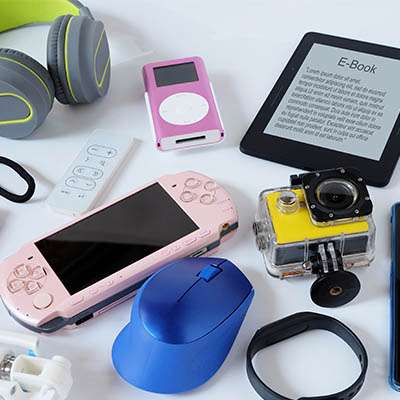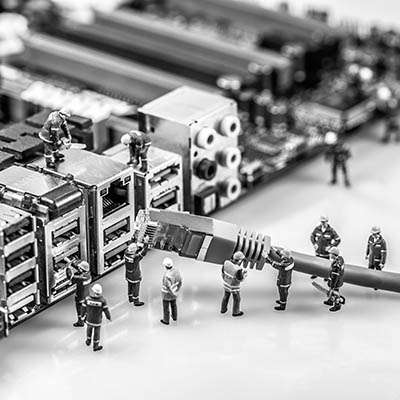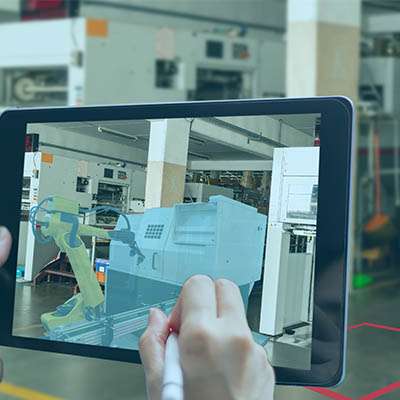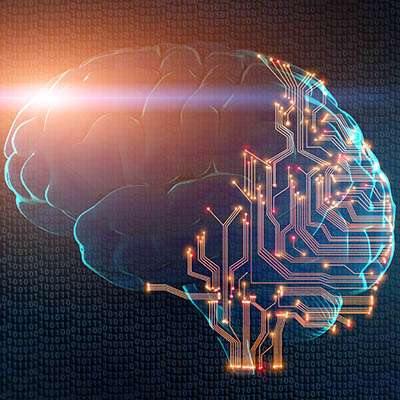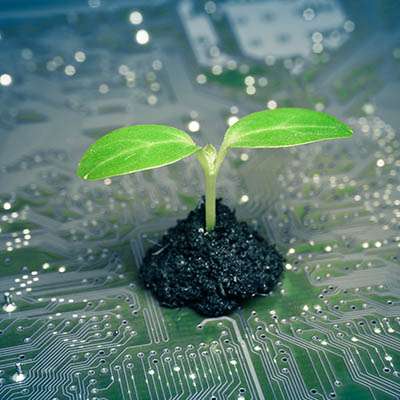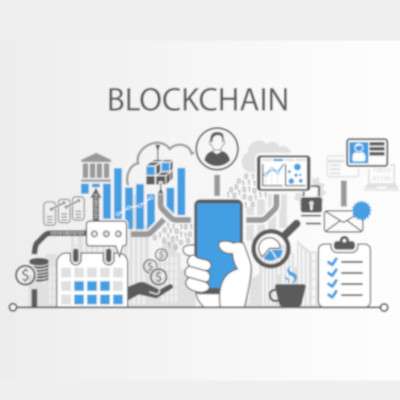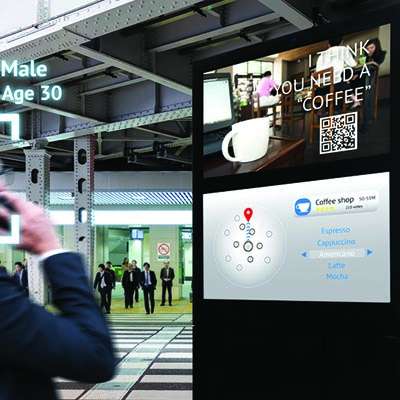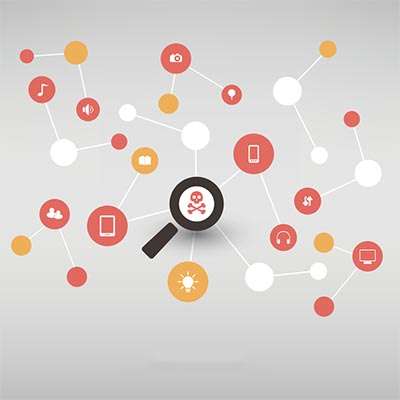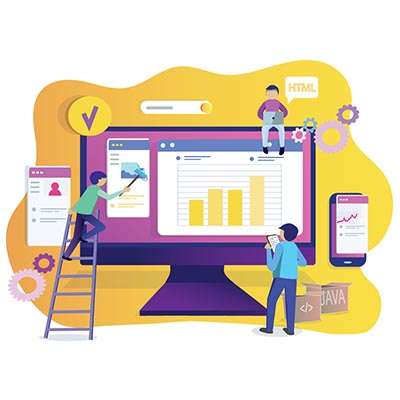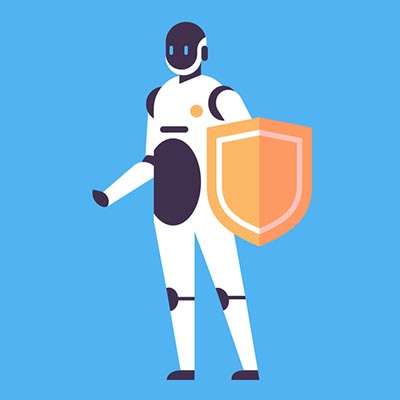Davis was looking at a business card while sitting at his desk. He watched the snow fall outside his window. He was the last person left in the office, as he usually was this time of year. He put down the business card, got up and walked over to the large pane of glass that was the only insulation from the harsh, cold wintery night. He placed his hand on the window and felt the bitter cold meet the palm of his hand. He stood there for a minute; maybe more than a minute. He began to cry. He was so angry at how things were going.
Macro Systems Blog
Email is obviously an incredibly useful tool in the business setting, helping with a wide variety of communication needs. On the other hand, in order to make the most of your emails, you need to have an email client that allows you to do so. Below we’re pitting two major email clients against each other to see which one offers the features that best suit your business and its needs.
It wasn't too long ago that we had to haul a computer into the shop to get it fixed if there were problems. However, with the pace that modern business is conducted, this approach just isn’t effective for businesses any longer. Today, with the support of a managed service provider, support is available much more efficiently and affordably than ever.
Technology is trending, but if you are a decision maker at a small business, technology solutions aren’t usually developed for your business in mind. As a result, it can often be hard for the SMB to get tools that are scalable enough to make sense for them, while also getting powerful options that will actually work to enhance some part of the business. Listed below is a look at three trending technologies that small businesses are starting to utilize regularly.
People have been talking about the oncoming AR trend for almost a decade now. Google Glass was supposed to dramatically alter technology, but because of security and privacy concerns, it has never come to pass. On the other hand, AR (Augmented Reality) is a growth market and applications for the technology are rapidly increasing. Below is a look at AR and what to expect from the technology in the coming years.
Budgeting can be hard, but with many business’ organizational reliance on information systems, locating the money to get your IT initiatives off the ground can be a challenge. That hasn’t stopped the IT sector from rapidly growing, though. In fact, IT spending in business is at its highest levels since 2007. Below is a look at how your IT budget actually helps keep your business technology initiatives moving forward.
Modern technology is becoming more and more common in every part of our lives. For the modern business, emerging technologies can equal big profits if they are implemented and utilized properly. Let's take a look at a couple of the emerging technologies that organizations are using to improve the long-term outlook of their endeavor.
Walk into any office and you’ll probably see signs on the wall indicating who is located where, as well as those that identify points of interest that visitors might need. With digital technology overtaking numerous aspects of the office, it was a given that it would eventually affect signage. If it’s utilized right, digital signage can highlight imperative parts of your office and encourage employees to give it their all during the workday.
Whether we like it or not, technology changes quickly. That change is usually beneficial; you can accomplish more, gain more visibility, stretch your resources further, and do things you wouldn’t have thought possible or affordable a few years ago. On the other hand, sometimes technology changes arrive with the frustration of having to learn something new, develop new processes, and deal with a mountain of other annoyances. Listed below are some tips on how to prepare you and your business for the inevitable changes that your IT will be facing over the next few years.
Technology has altered the culture of some office environments, for better or worse. While we tend to err on the side of implementing IT as being worth the risk, it’s always best to go into implementing a new technology solution with the thought of not just how it will affect operations, but how it might influence your company's culture. Below we go into detail about ways that implementing a new IT solution might affect the way your staff interact with each other, as well as what you should look out for when implementing such solutions.
For most of the last half decade we’ve been told that the Internet of Things (IoT) was going to be the most vital innovation since broadband Internet. This growth, while mostly occurring under the proverbial radar, is happening. There are around seven billion “smart” devices in 2019 with expectations that it will be three times that by 2025. With that many Internet-connected devices, there are destined to be some that come with vulnerabilities, whether it comes from being designed poorly or not frequently updated with modern threat definitions. Let's take a look to see if the Internet of Things should be considered a threat to your organization.
It's easy to see why Blockchain is one of the most popular emerging technologies. While the technology behind blockchain was once viewed as having no feasible application in the workplace, it is now taking a seat front and center as a security instrument for a today's business environment. What’s new in the world of blockchain? We'll take a look below.
Technology is taking on a new responsibility for today's business. With more value placed on data, and contemporary innovations offering viable options for business use, technology is now front and center for many companies. Below let's review four of the most emerging technologies and how organizations are beginning to utilize them.
Virtual assistants offer a lot of promise as a productivity tool, so it's not surprising that they would begin to appear in the workplace. Alas, these devices have also gained a reputation as a security risk. Whether or not you’ve considered bringing virtual assistants into your organization, you need to prepare for their presence there.


